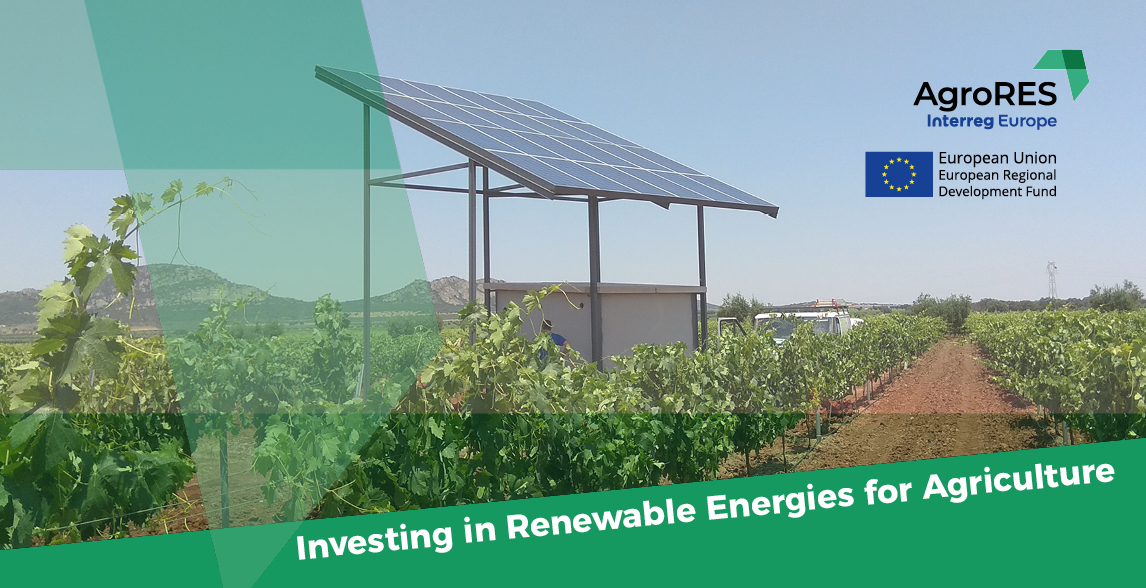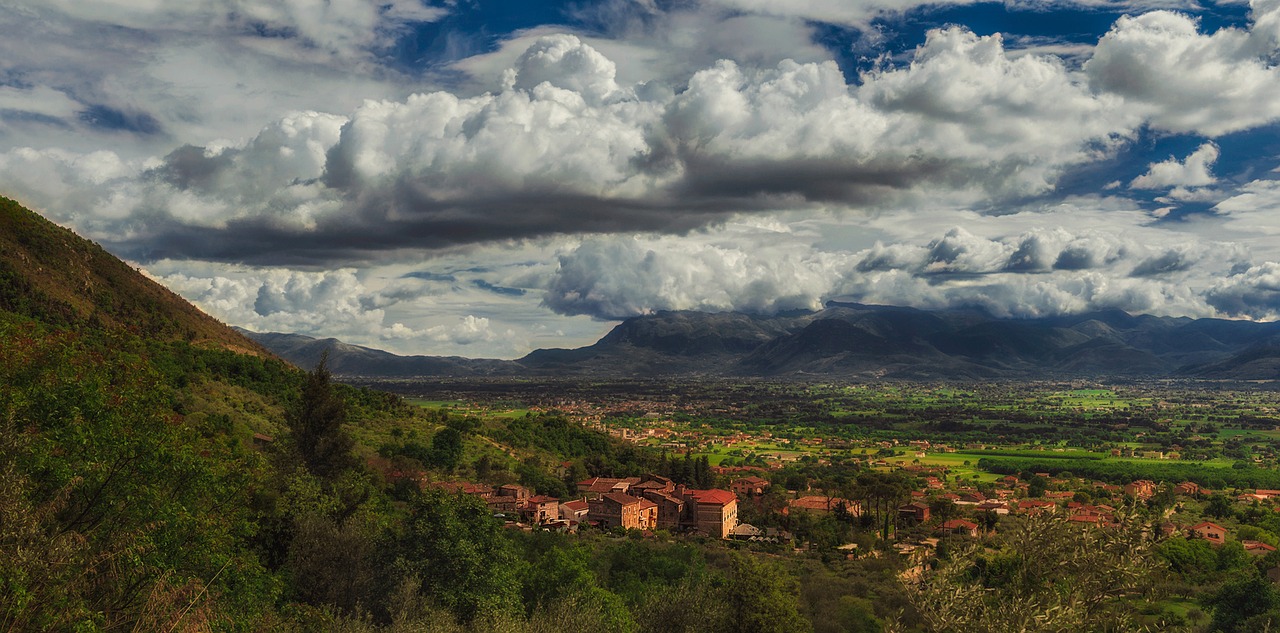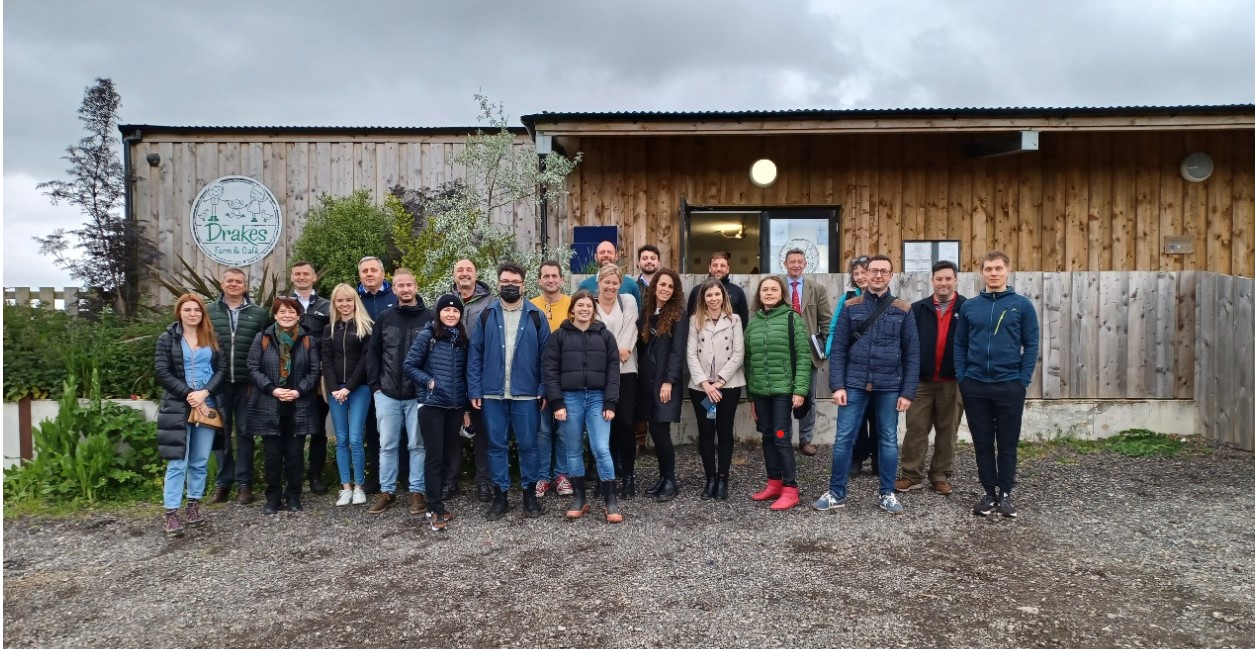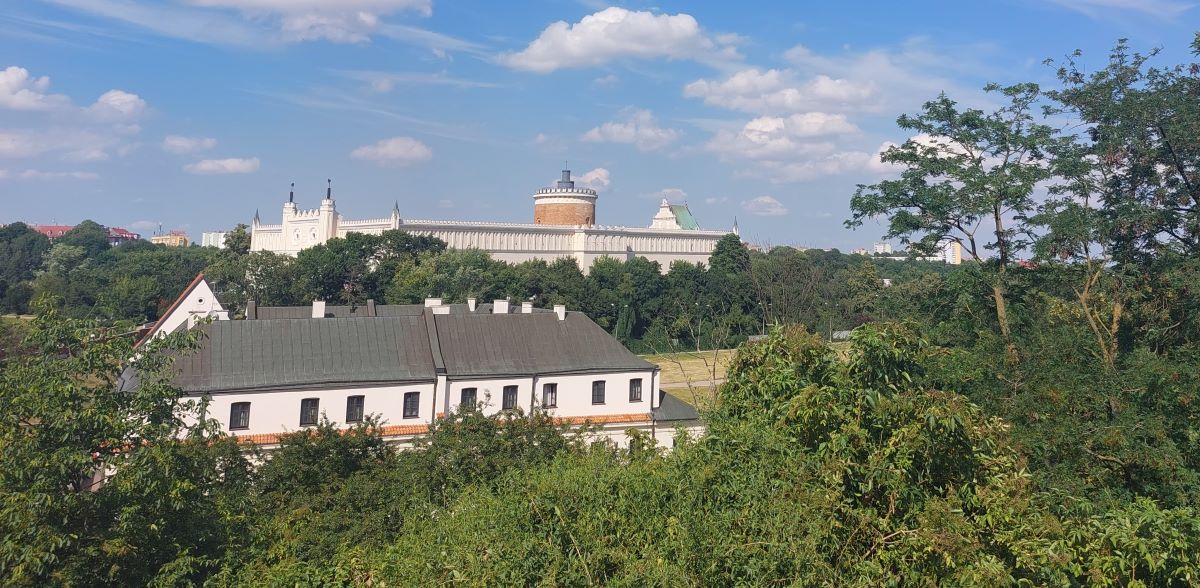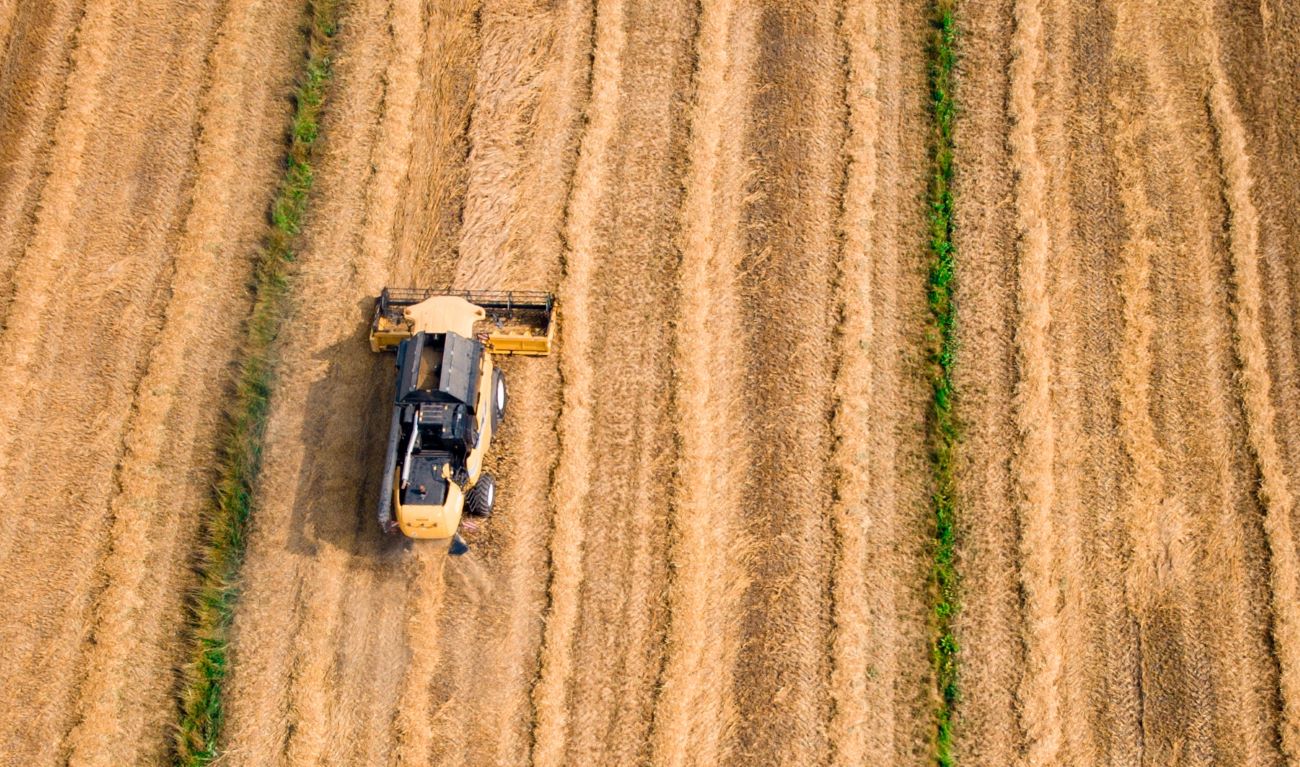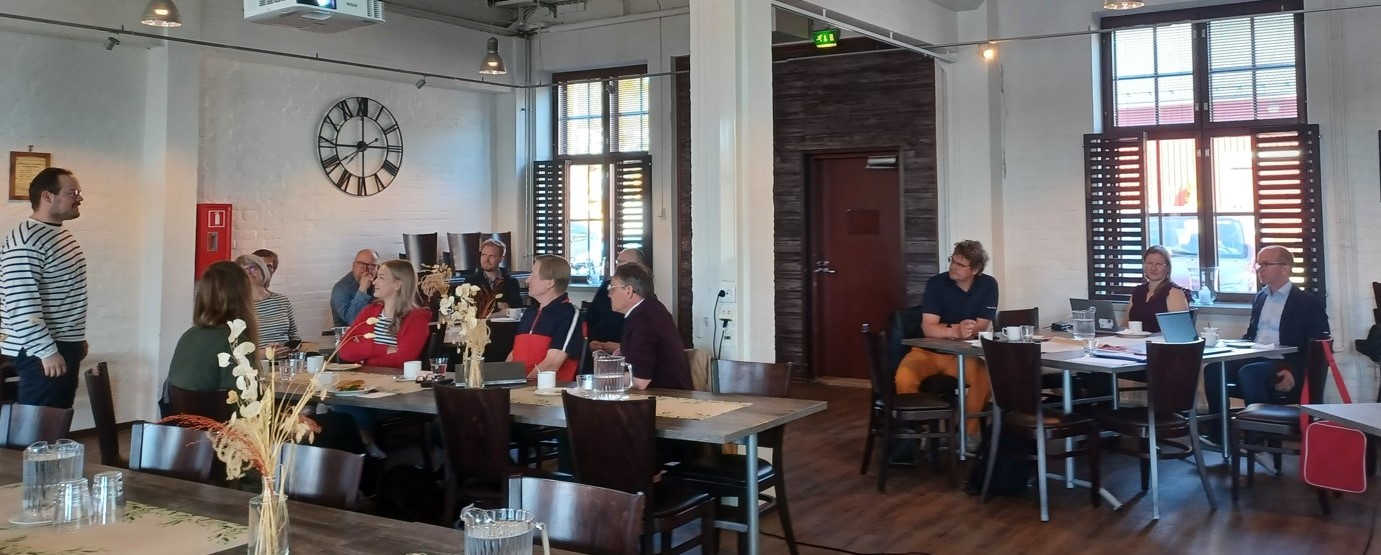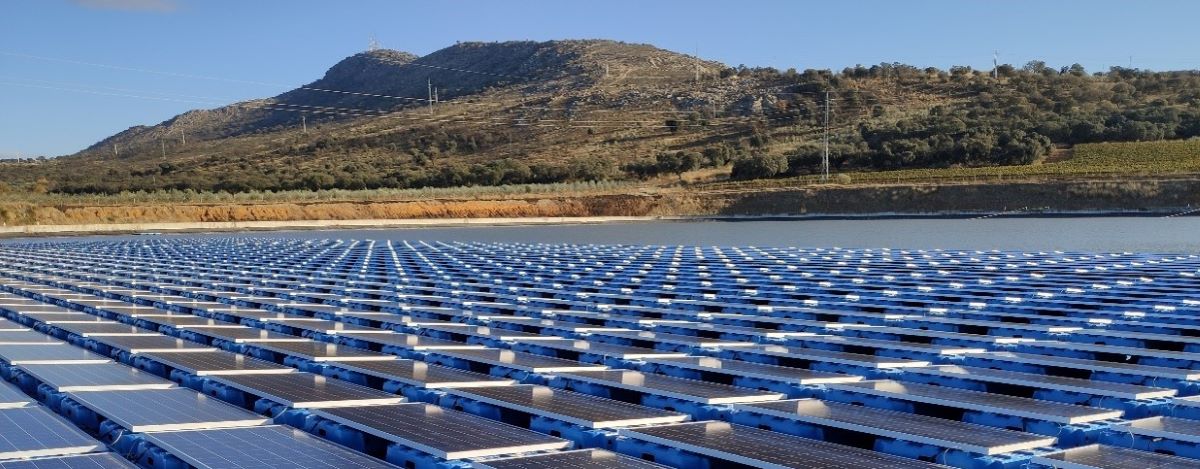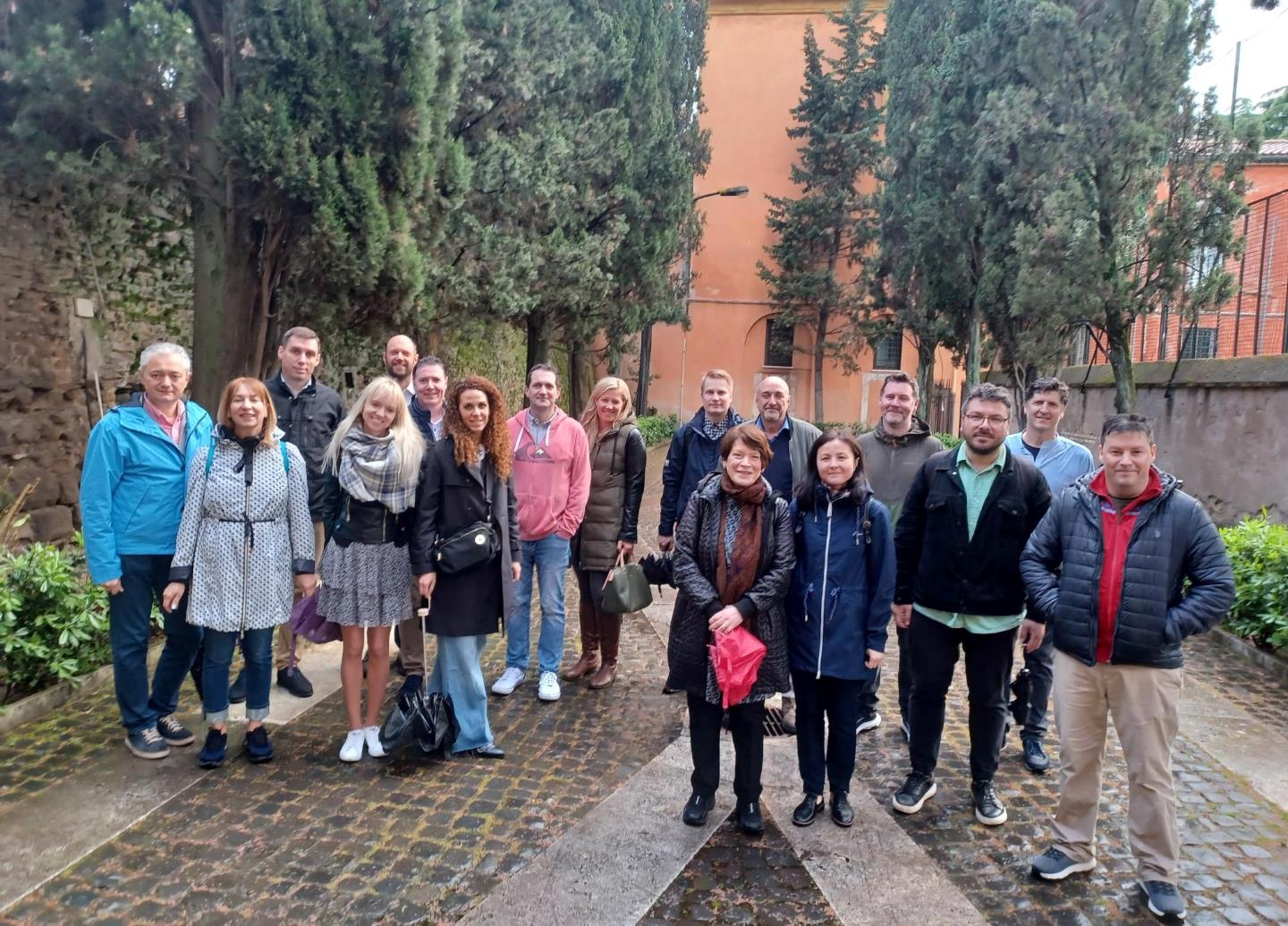Lubelskie Voivodeship, located in the south – eastern part of Poland, is one of the country's 16 highest level administrative units. Lubelskie Voivodeship covers an area of 25.1 thous. km2 , with a population of 2.1 million people (83 people / km2). The regional GDP is 8 300 euros per capita.
Agriculture and agri -food processing are the main branches in Lubelskie's economy. Approximately 70% of the region is arable land. The total number of farms is 172 600. The average farm size is 8.4 ha. The natural (soil) conditions of Lubelskie region are varied. Whereas in the eastern part the best loessial soils in the country favorable for the cultivation of demanding plants are located, in the northern and southern parts soils are useful for afforestation or the cultivation of extensive plants for energy purposes. The livestock population in the region is relatively low compared to the rest of the country and amounts to 813 300 animals. Agro-tourism services are offered by some farms, especially farms located in areas attractive to tourists such as close to national parks, large forest complexes, lakes, etc. The number of beds in the agritourism farms is 2 200.
Energy consumption and production amounted to 6 117 GWh and 2 443 GWh, respectively, in the Lublin region in 2018. Whereas 23.2% of energy was produced from RES in the region in 2018, in the whole country the figure was 15.5%. However, the Lubelskie region is not a leader in the production of energy from renewable sources as the higher than average RES share results from low production level of electricity from conventional sources. There are no large power plants in the region, which are the main sources of electricity generation in Poland. The plants are, in the first place, powered by hard coal, in the second with lignite, and finally by biomass. Although biomass is less important raw material for power industry, its share in the fuel mix is constantly growing.
The structure of RES in the Lubelskie Voivodeship is as follows:
- wind energy – 59.1% (138.9 MW)
- photovoltaics – 32.6% (76.6 MW)
- biogas – 6.6% (15.5 MW)
- biomass – 1.1% (2.6 MW)
- hydropower – 0.8% (1.5 MW)
The above RES structure is inconsistent with the resources of the region, which has a large amount of biomass, especially from agriculture, agri-food processing and of municipal origin (waste, sewage sludge). The dominance of wind energy and the currently observed rapid development of photovoltaics is the result of support / co-financing instruments. A significant RES resource in the region is biomass which is especially useful for biogas production.
As these resources are not used optimally, various activities are needed to support and promote RES. Production of energy from renewable sources is included in many strategic documents of the region as an important development direction. The most important document defining long -term development prospects is the Development Strategy for the Lublin Voivodeship until 2030, which takes into account the effects of the AgroRES project.
If you want to know more about the potential of this region, read the Regional Self-Assessment Report from Lubelskie Voivodeship.
Photo: marcinjozwiak / Pixabay.


